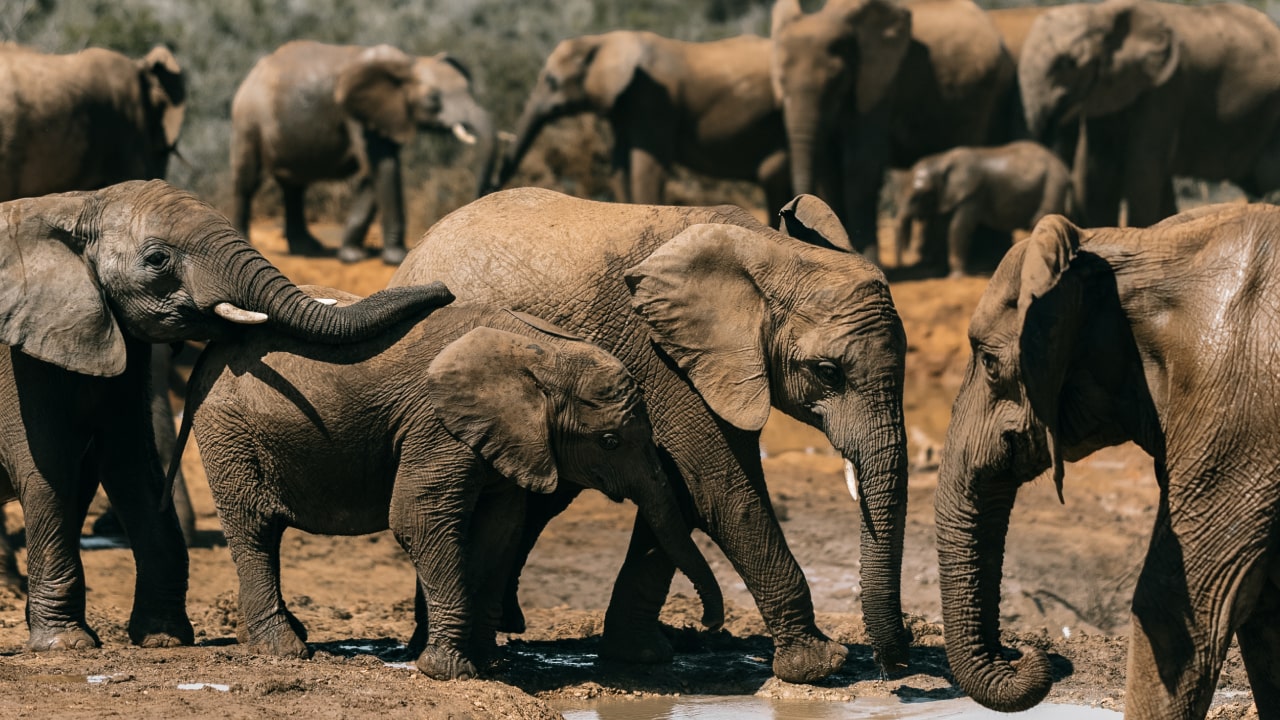Elephants, these colossal creatures of the wild, have captivated human hearts for centuries with their sheer size, intelligence, and majestic presence. Among the pachyderm family, two species stand out: the African and Asian elephants. These gentle giants share some common characteristics, yet they also exhibit distinct differences that make each one a unique masterpiece of nature. In this article, we delve into the world of elephants, examining the majesty of African and Asian elephants, shedding light on their individual traits, habitats, and the conservation efforts dedicated to protecting these magnificent creatures.
Anatomy and Physical Characteristics
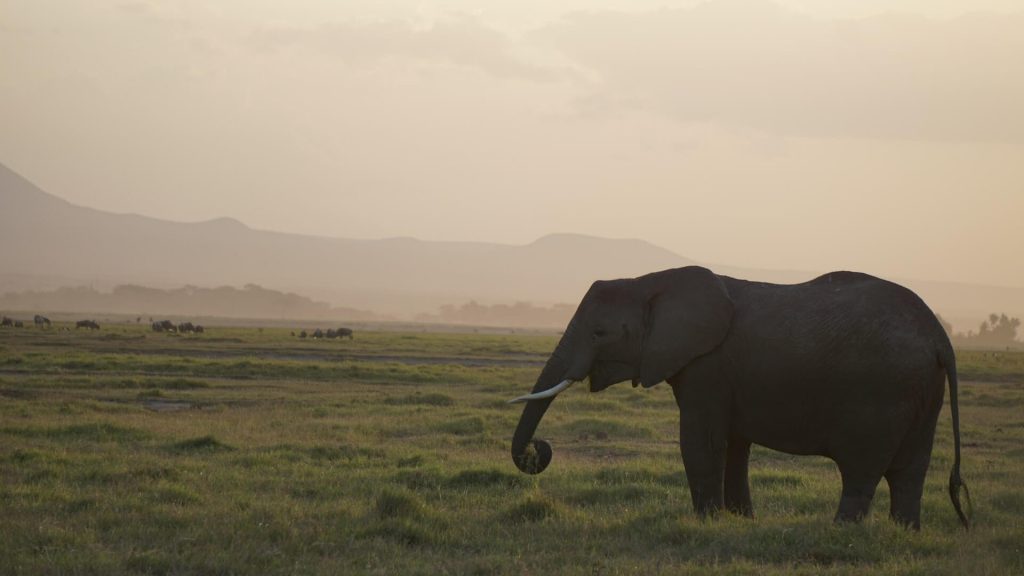
The anatomy of elephants is truly awe-inspiring. Both African and Asian elephants are characterized by their enormous bodies, elongated trunks, and, of course, their iconic tusks. However, when closely examined, one can spot several disparities between the two species.
African Elephants
African elephants are the largest land mammals on Earth. Their massive bodies can reach up to 13 feet in height at the shoulder, with males weighing between 5,000 to 14,000 pounds. These giants are easily recognizable by their large, flapping ears, which are said to resemble the shape of Africa itself.
Their tusks are another distinguishing feature, with both males and females possessing them. African elephants have larger, curved tusks that are used for various tasks, including digging for water and stripping bark from trees. Unfortunately, the demand for ivory has made these tusks the target of poachers, posing a significant threat to the species.
Asian Elephants
In contrast, Asian elephants are slightly smaller than their African counterparts. They stand at around 9 to 10 feet in height at the shoulder, with males weighing between 8,000 to 12,000 pounds. Unlike African elephants, not all Asian elephants have tusks; in fact, only some males carry these ivory treasures.
Asian elephants are known for their smaller, more rounded ears, which are often said to resemble the shape of India. Their trunks have one small finger-like projection at the tip, whereas African elephants have two. This distinct feature helps Asian elephants in grasping objects with greater precision.
Range and Habitat
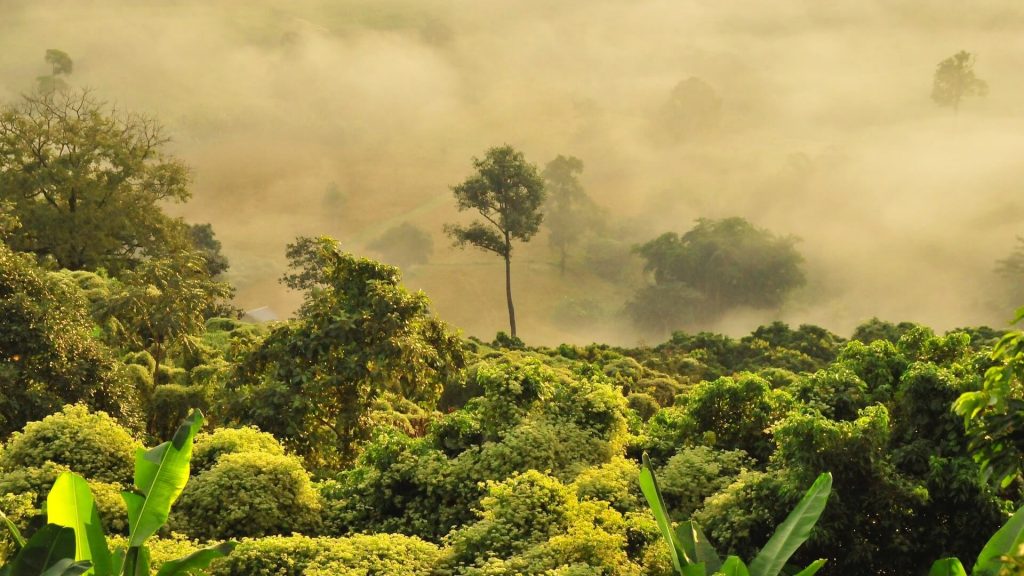
The majesty of elephants is not confined solely to their physical attributes. Their habitats and the environments in which they thrive are equally fascinating.
African Elephants
African elephants are primarily found in a variety of habitats across the African continent, ranging from dense forests to open grasslands and savannas. These adaptable giants are known to traverse extensive distances in search of food and water, often forming migratory herds. The savannas of Africa provide an iconic backdrop for their majestic presence, where they coexist with an array of wildlife, from lions and giraffes to zebras and antelopes.
Asian Elephants
In contrast, Asian elephants are predominantly found in the lush, dense forests of Asia, particularly in countries like India, Thailand, and Indonesia. These forests serve as their home, providing both sustenance and shelter. Asian elephants are considered a keystone species in these ecosystems, playing a vital role in shaping the landscape and promoting biodiversity.
Behavior and Social Structure
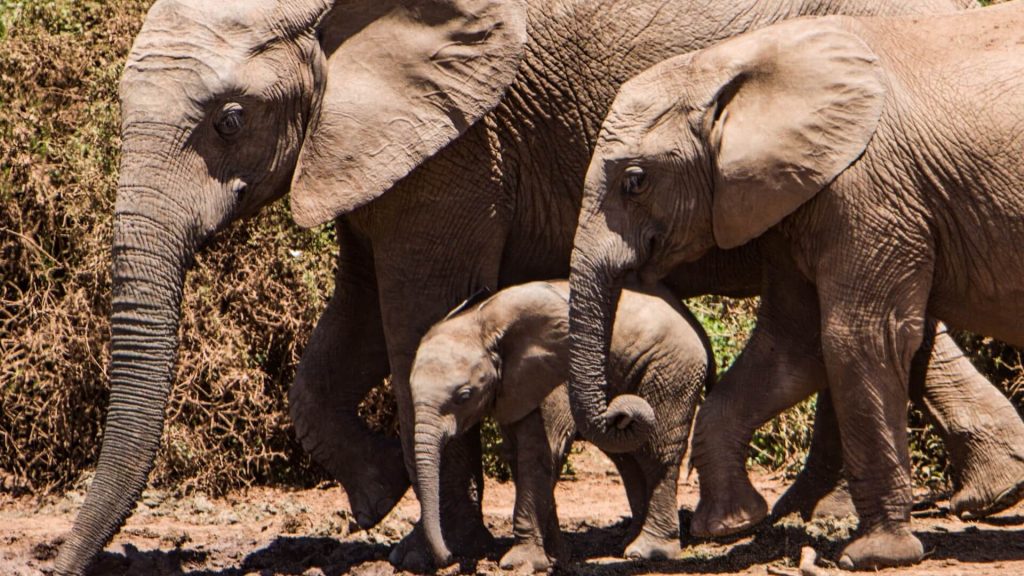
The majesty of elephants extends beyond their physical attributes and habitats; it is also deeply rooted in their complex social structures and behaviors.
African Elephants
African elephants are known for their intricate social hierarchies. They live in large herds led by a matriarch, typically the oldest and most experienced female. These herds consist of females and their offspring, while males often lead solitary lives or form small bachelor groups. The bond within an elephant herd is incredibly strong, with members displaying empathy, cooperation, and even mourning rituals.
Asian Elephants
Asian elephants, too, have a strong sense of family and community. They live in smaller, tightly-knit groups composed of females and their young. Unlike African elephants, male Asian elephants may still be a part of these family units. These gentle giants are known for their intelligence and are often used as working animals in various Asian cultures.
Conservation Challenges
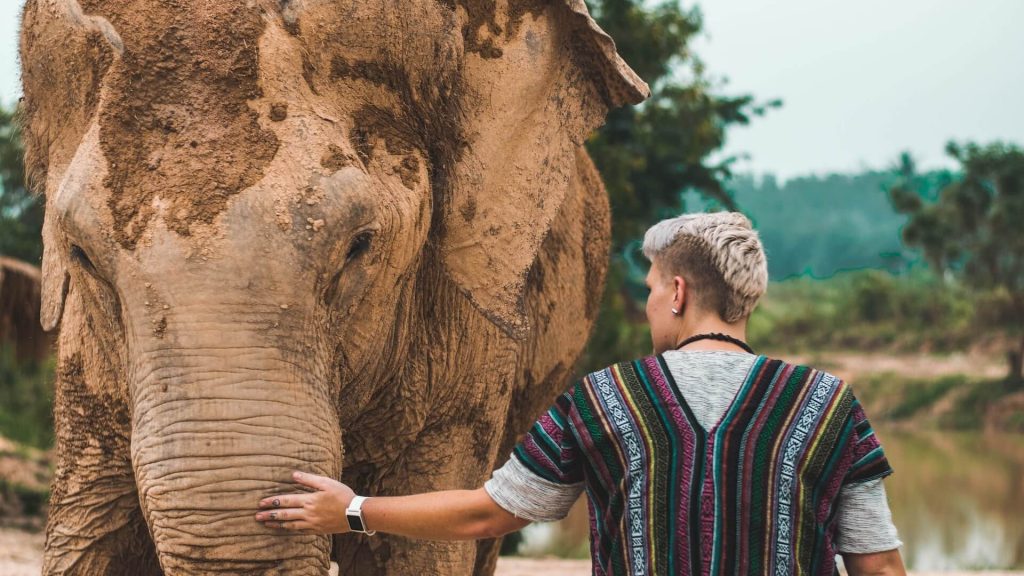
Despite their majesty, both African and Asian elephants face numerous challenges to their survival. Conservation efforts are underway to protect these magnificent creatures from threats such as habitat loss, poaching, and human-elephant conflicts.
African Elephants
African elephants have been particularly vulnerable to poaching due to the demand for ivory. Organizations and governments have implemented strict measures to combat this illegal trade, including anti-poaching patrols and international bans on ivory sales. Efforts are also directed towards preserving their natural habitats and mitigating human-elephant conflicts.
Asian Elephants
Asian elephants, on the other hand, face habitat loss and fragmentation as a result of deforestation and urbanization. Conservationists work tirelessly to protect their forest homes and create safe corridors for their movement. Additionally, efforts are made to raise awareness about the importance of coexisting with these majestic creatures and minimizing conflicts.
Conclusion
In the world of wildlife, few creatures match the majesty of elephants. African and Asian elephants, while similar in many ways, each possess their own unique charm and characteristics. From their physical attributes to their habitats, behaviors, and the challenges they face, these gentle giants continue to captivate our hearts and inspire conservation efforts worldwide.
Preserving the majesty of elephants requires collective action, from supporting anti-poaching initiatives to promoting sustainable coexistence with these incredible creatures. As we continue to learn more about these magnificent animals, let us also work together to ensure that future generations can marvel at the majesty of both African and Asian elephants in the wild.
